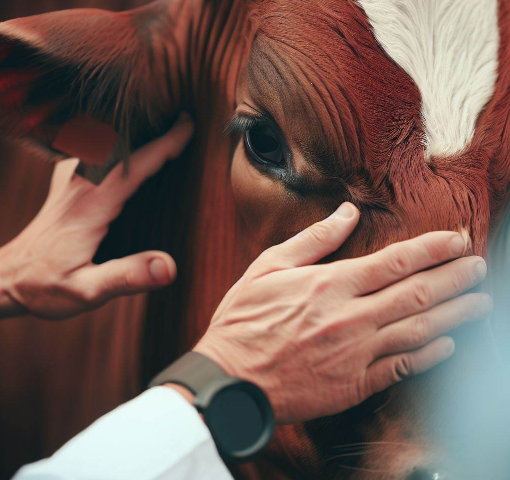WIDESPREAD ADOPTION OF ADVANCED TECNOLOGY IN LIVESTOCK FARMING
Embryo transfer continues to be a common practice in cattle breeding in the era of advanced technology. We've gathered several benefits of this method, which has been used in animal husbandry for many years. Here are some of the significant advantages:
- Embryo transfer facilitates the rapid spread of superior genetics within a population. By collecting embryos from genetically elite female animals (donors) and transferring them to surrogate females (recipients), high-quality offspring can be produced. This accelerates genetic progress and facilitates the dissemination of desired traits throughout the population.
- Breeding programs can enhance the impact of valuable genetics by producing multiple offspring from a single donor female. This is especially advantageous when dealing with limited reproductive capacity or rare genetic traits, allowing breeders to amplify the genetic potential of exceptional individuals. It offers a solution for animals facing reproductive challenges or limitations. Donor females struggling with conceiving, maintaining pregnancies, or giving birth naturally can still contribute to valuable genetics through embryo transfer. This aids in preserving and utilizing the genetic potential of these individuals without compromising their reproductive health.
- Embryo transfer aids in reducing risks associated with natural reproduction. Breeders can minimize potential losses caused by factors like infertility, injury, or disease in valuable breeding animals by producing and safeguarding embryos. This preservation of genetic resources ensures the protection of genetics and minimizes the impact of potential setbacks in breeding programs.
- It enhances reproductive efficiency in females. Donor animals can produce multiple embryos per cycle, resulting in increased reproductive output compared to natural mating. This efficiency can lead to a higher number of offspring from superior genetic backgrounds, thereby increasing productivity within the breeding program.
- It provides an opportunity for effective use of sexed semen. Breeders can optimize the production of male or female offspring according to market demands or specific breeding goals. By combining sexed semen with embryo transfer, breeders can increase the likelihood of obtaining offspring of the desired gender while utilizing the genetics of selected sires.
- Embryo transfer is instrumental in preserving rare or endangered breeds or genetic lines. By collecting embryos from animals of unique heritage or breeds facing limited population sizes, breeders can safeguard genetic diversity and prevent genetic loss. Embryo transfer helps maintain genetic resources for future generations and contributes to the conservation of valuable genetic material.
It's essential to note that the successful implementation of embryo transfer requires specialized knowledge, equipment, and infrastructure. Additionally, there are associated costs with this method, and professional management is necessary to achieve optimal results. However, its benefits make it a valuable tool for genetic improvement, reproductive efficiency, and conservation efforts in animal breeding.
